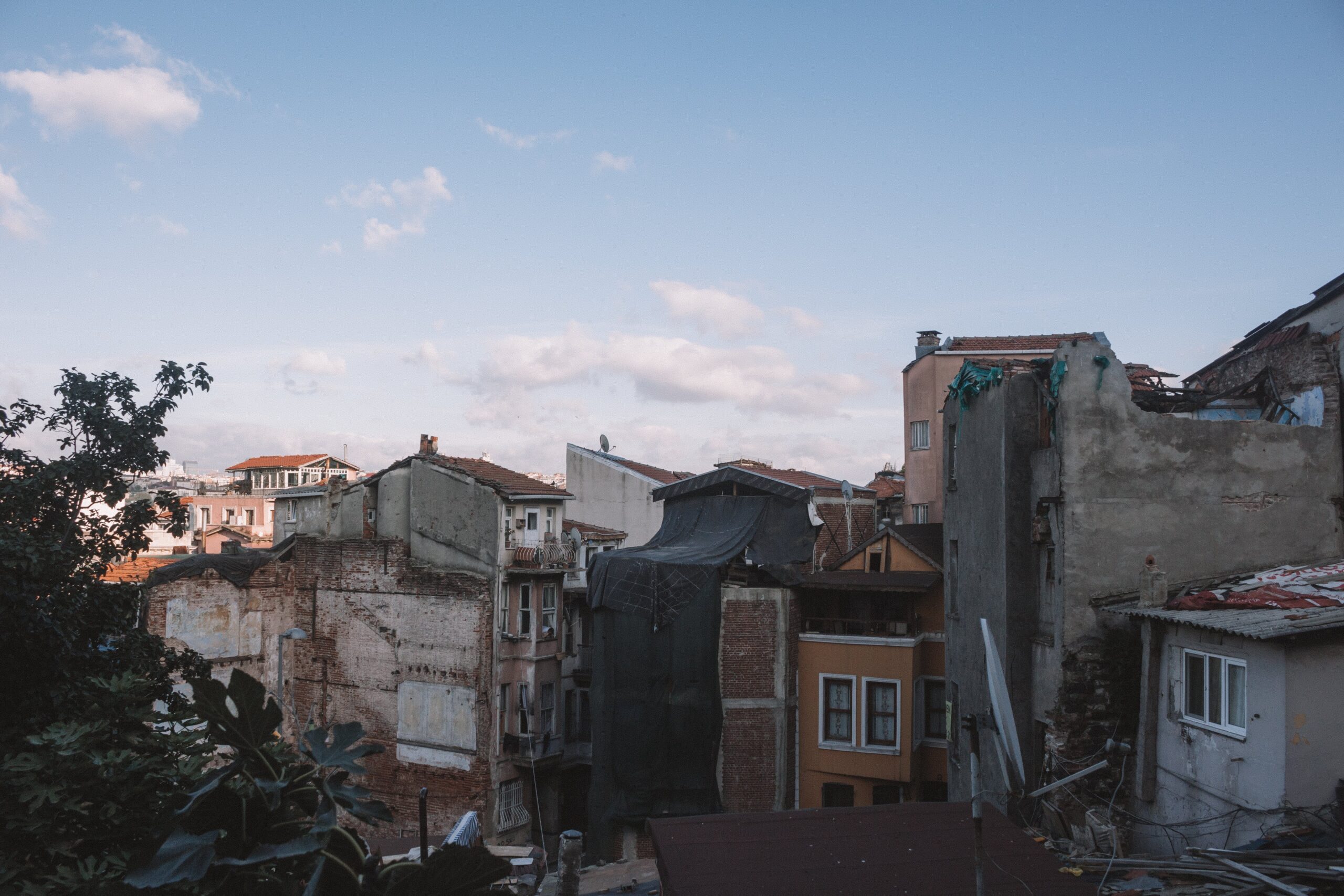Delhi, the bustling capital of India, is known for its rich history, political significance, and vibrant culture. However, in recent times, it has gained another, less welcome reputation – being prone to frequent earthquake tremors. Along with its neighboring areas, Delhi experiences seismic activity that often leaves its residents and authorities on edge. This phenomenon raises questions about why the region is susceptible to earthquakes despite being far from major tectonic plate boundaries.
The Plate Tectonics Puzzle
To understand why Delhi and its neighboring areas are susceptible to earthquake tremors, it’s essential to delve into the science of plate tectonics. The Earth’s outer shell is divided into several large and small tectonic plates that float on the semi-fluid asthenosphere beneath. These plates are in constant motion, and their interactions are responsible for earthquakes, volcanic eruptions, and the formation of mountain ranges.
While some of the world’s most seismically active regions are located near plate boundaries, Delhi lies at a considerable distance from any major plate boundary. In fact, the nearest plate boundary, the Himalayan fault zone, is located around 200 kilometers (124 miles) north of Delhi. So, what causes the frequent earthquake tremors in this region?
The Indian Subcontinent’s Collision
The primary reason for the seismic activity in Delhi and its neighboring areas is the ongoing collision between the Indian Plate and the Eurasian Plate. The Indian Plate, on which the Indian subcontinent rests, is steadily moving northward at an average rate of about 5 centimeters (2 inches) per year. As it collides with the Eurasian Plate, the two plates are being forced against each other.
This tectonic interaction creates immense stress and strain along the plate boundaries and within the crust. The accumulated stress is released in the form of earthquakes, which are characterized by the sudden movement of rocks along fault lines. The most significant fault line in this region is the Main Boundary Thrust (MBT), which extends from the northwest to the northeast of the Indian subcontinent.
Delhi’s Vulnerability
While Delhi is not located on a major fault line like the San Andreas Fault in California, the tectonic activity along the MBT and its proximity to the city make it susceptible to earthquake tremors. The region’s geology plays a significant role in this vulnerability.
Delhi’s geology primarily consists of alluvial deposits, which are loose sediments deposited by rivers over millions of years. These unconsolidated sediments can amplify the effects of seismic waves, causing the ground to shake more intensely during an earthquake. Additionally, the region’s shallow groundwater table can lead to soil liquefaction during a quake, further increasing the potential for damage.
Human Activities and Urbanization
Another factor contributing to Delhi’s vulnerability is human activities and rapid urbanization. The construction of high-rise buildings, bridges, and infrastructure can add stress to the Earth’s crust. The excessive extraction of groundwater for domestic and industrial use can also lead to subsidence, which may affect the region’s seismic activity.
As Delhi continues to grow and develop, the demand for infrastructure and urbanization puts further stress on the already fragile geological conditions. This man-made stress, combined with the natural tectonic forces, creates a precarious situation.
Seismic Preparedness
Recognizing the risk of earthquakes in the region, it is imperative that Delhi and its neighboring areas prioritize seismic preparedness. Building codes and construction standards need to be reinforced to ensure that structures can withstand tremors. Public awareness campaigns, emergency response plans, and drills should be put in place to educate and prepare residents for seismic events.
Additionally, advancements in seismology and early warning systems can help mitigate the impact of earthquakes. The ability to predict, monitor, and alert the public to impending quakes can save lives and reduce property damage.
Conclusion
Delhi and its neighboring areas may not be situated near major plate boundaries, but the ongoing collision between the Indian Plate and the Eurasian Plate, combined with geological factors and human activities, make the region susceptible to earthquake tremors. Understanding this vulnerability and taking proactive steps to enhance seismic preparedness are crucial for the safety and well-being of the city’s residents.
While it may be impossible to prevent earthquakes, with proper planning and response measures in place, Delhi can mitigate the potential damage and ensure that the city remains resilient in the face of this natural hazard.



